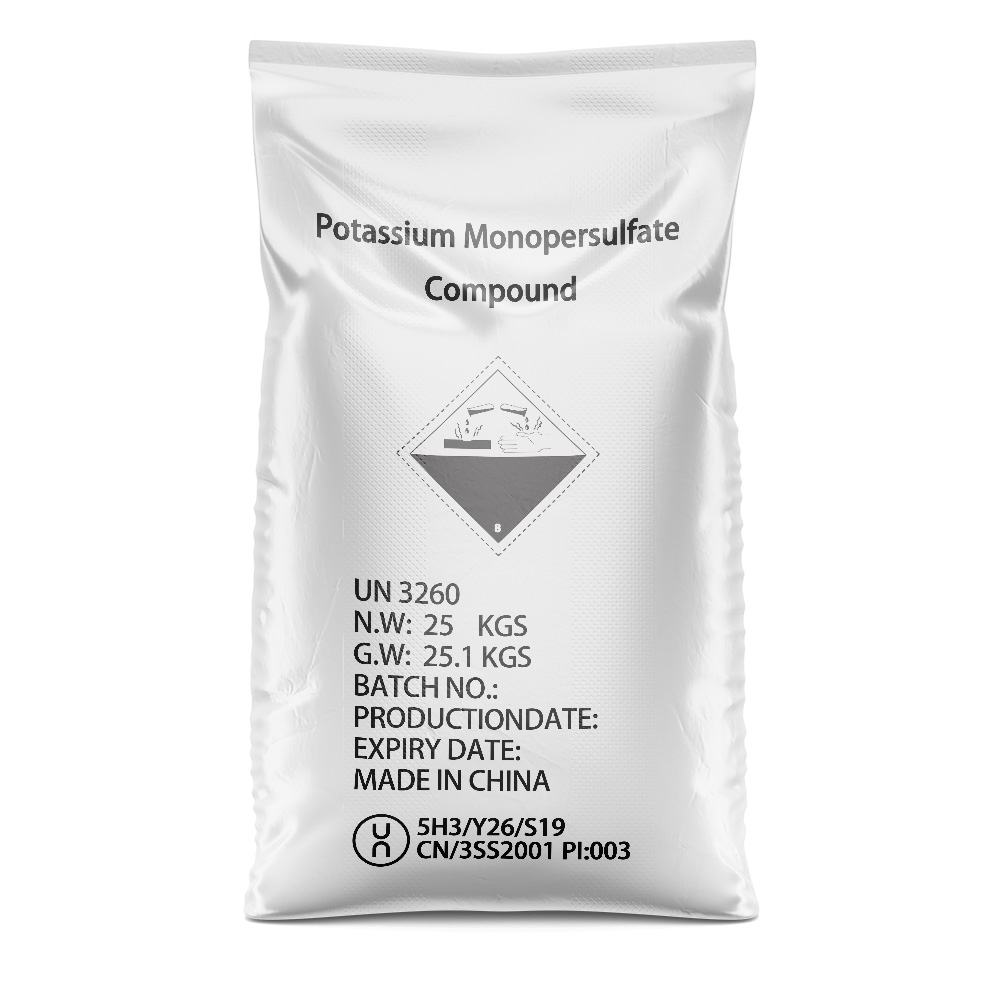



agro chemicals examples
Agrochemicals, also known as agricultural chemicals, play a pivotal role in modern agriculture, facilitating the growth of crops and the management of pests and diseases. These chemicals can be broadly categorized into various types, each serving a distinct purpose in enhancing agricultural productivity.
One of the most common types of agrochemicals is fertilizers. Fertilizers are essential for providing nutrients to crops, ensuring they grow healthy and robust. They can be organic or inorganic, with nitrogen, phosphorus, and potassium (NPK) being the primary macronutrients needed by plants. Organic fertilizers, such as manure or compost, improve soil health in addition to feeding plants, while synthetic fertilizers can deliver nutrients quickly, promoting rapid growth.
Another significant category is pesticides, which include herbicides, insecticides, and fungicides. Herbicides are utilized to control unwanted weeds that compete for nutrients and space, while insecticides are aimed at managing pests that can cause damage to crops. Fungicides, on the other hand, protect against fungal infections that can devastate yields. The application of pesticides has been a contentious topic due to concerns about environmental impact and food safety; however, when used judiciously, they are vital for maintaining crop yields.
Growth regulators represent another important class of agrochemicals. These substances alter the growth of plants, influencing processes such as flowering, fruiting, and stem elongation. Growth regulators can enhance crop quality, increase yield, and improve storage life, making them an essential tool for farmers looking to maximize their produce.
agro chemicals examples

In recent years, there has been a growing interest in biopesticides and biostimulants. Biopesticides are derived from natural materials, including plants, bacteria, and minerals, and serve as environmentally friendly alternatives to synthetic pesticides. Biostimulants, on the other hand, enhance the plant's natural processes, improving nutrient uptake and resilience against stress factors like drought or disease. Their adoption is growing as farmers seek sustainable agricultural practices.
Lastly, adjuvants are substances added to agrochemical formulations to enhance their effectiveness
. They can improve the spreading, sticking, or absorption of pesticides and fertilizers, ensuring that these inputs work efficiently.In conclusion, agrochemicals encompass a diverse range of substances critical for modern agriculture. While they enhance productivity and food security, it is essential to use them responsibly to mitigate potential environmental impacts. Ongoing research and innovation in this field continue to shape the future of sustainable agriculture, blending efficiency with ecological responsibility.
-
Leading Washing Powder OEM Brands | Custom Private Label DetergentNewsSep.01,2025
-
High-Purity Strontium Chloride (SrCl2) for Lab & IndustryNewsAug.31,2025
-
Anhydrous Formic Acid 80% 85% 94% - High Purity SolutionsNewsAug.30,2025
-
Accurate Fire Assay Flux for Gold & Silver Ore AnalysisNewsAug.29,2025
-
Advanced Paint Chem Solutions: Quality Chemicals for CoatingsNewsAug.28,2025
-
Potassium Nitrate: The Ultimate Fertilizer for Agriculture and GardeningNewsAug.25,2025
-
Potasium Persulphate: A Versatile Chemical for Industrial ApplicationsNewsAug.25,2025










